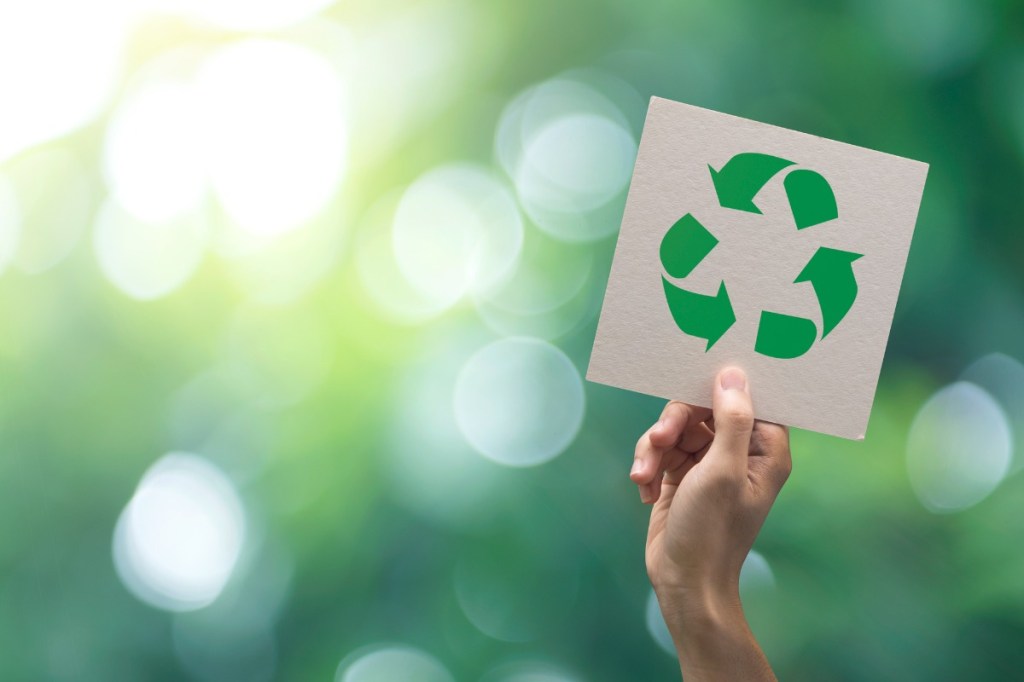Pact Group and Cleanaway have announced a $38 million investment in building what will become Australia’s largest post-consumer polyethylene recycling plant at Laverton, Victoria.
This facility will convert locally collected kerbside materials into high quality food grade rHDPE and rPP resin. It will facilitate the inclusion of locally processed recycled resin into food, dairy and other packaging, enabling brand owners and retailers to deliver on their sustainability objectives.
The state of the art facility will process more than 20,000 tonnes or the equivalent of over 500,000 plastic milk bottles and food tubs collected from household recycling bins into food grade resins.
This joint venture between Pact and Cleanaway complements the existing PET joint venture between Pact, Cleanaway and Asahi, with construction of the country’s largest PET recycling facility in Albury well underway and ahead of schedule for commissioning later this year.
The new Laverton facility will augment Australia’s local processing capacity for recycled plastics, which are subject to a series of rolling export bans from later this year. Australia has lacked local onshore processing capacity to manage reprocessing of waste collected through kerbside collections, most of which was being sent offshore prior to export bans.
This facility will enable food and beverage manufacturers to include locally processed recycled content in their packaging providing a major benefit to the environment. Many brand owners have committed to reduce their reliance on virgin plastic by 2025.
Construction of the plant will start towards the end of the year, and it is expected to be fully operational by December 2022.
The business will trade as Circular Plastics Australia (PE). Cleanaway will provide the recycled plastic through its collection and sorting network, and Pact will provide technical knowledge, operate the plant, and buy recycled plastic resin from the facility to use in its packaging with the balance sold to third parties.
This project is being supported by the Victorian Government through its Recycling Victoria Infrastructure Fund and the Australian Government through its Recycling Modernisation Fund.
Federal Minister for the Environment, Sussan Ley MP, said: “This investment in the plastics circular economy is a significant vote of confidence in the Morrison Government’s transformation of the recycling industry, which is good for the environment, good for the economy and good for jobs.
“The project between Cleanaway and Pact, which is supported through our Recycling Modernisation Fund, will be critical in reaching two national waste targets – increasing the resource recovery rate to 80 per cent and seeing 50 per cent recycled content in packaging by 2030.”
Unilever ANZ’s CEO, Nicky Sparshott said: “Pact’s increased capacity to process recycled content locally will play an important role in enabling more of our Unilever products to be made with recycled plastic. We are proud of our bold commitments to reduce virgin plastic across our portfolio by 2025, and it is partnerships like these that help us bring some of Australia’s favourite brands (such as Dove, Omo and TRESemmé) to consumers in a more sustainable way – and at a mainstream scale. We are excited to be part of a coalition of changemakers and innovators committed to driving systemic change when it comes to plastics in Australia”.


This is a very positive step on the road to a circular economy, but even under the best circumstances, it lacks inherent long term sustainability. If the objective is to eliminate fossil resources as soon as possible, and all the evidence points to the urgency of this, how do you account for the problem that the polymer loses molecular weight with each mechanical recycling process? The best case, suggests that 7 repeat recyclings is the limit, after which the polymer is too broken down to be further mechanically recycled.
By contrast, chemical recycling can be repeated infinitely, making virgin quality polymer from every post consumer recycling event. Some chemical recycling processes, require a discrete and clean stream of a single polymer, and these will probably find a place in larger population jurisdictions, but there are also some chemical recycling processes, already being commercialised, that will take any combination of mixed waste plastics and that are highly tolerant of contaminants. Chemical recycling would offer a resource recovery option for plastics that have already been mechanically recycled too often for further repetition, but how would you identify and separate such items for chemical recycling??? Seems there are a lot more dots to be connected before anyone can claim to be particularly “circular” in the plastics space.
Rick, you seem to say that if the recycling process is not perfect, then it is unworthy of support. At the very least, surely this project to recycle plastics – even if it can “only” occur 7 times – is a terrific innovation.
Maybe chemical recycling can be added after the 7th recycle, to make the process even better. But in the meantime, a damn good start!